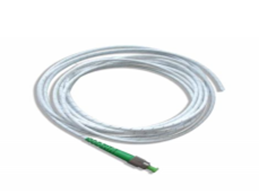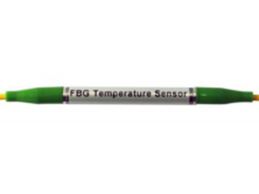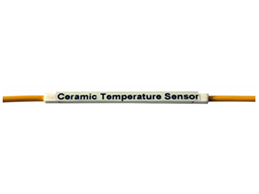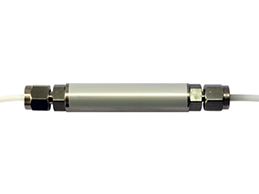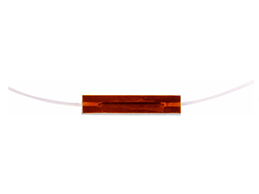
T2 Sensor
Sensor is used either for temperature monitoring or for thermal compensation of strain sensors. It can be glued to any monitoring steel surface.
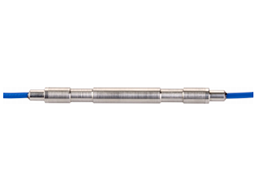
T3 Sensor
Small steel case protects sensing element. Sensor can be embedded into сomposite materials and located into concrete. Type of mounting – anchors.


